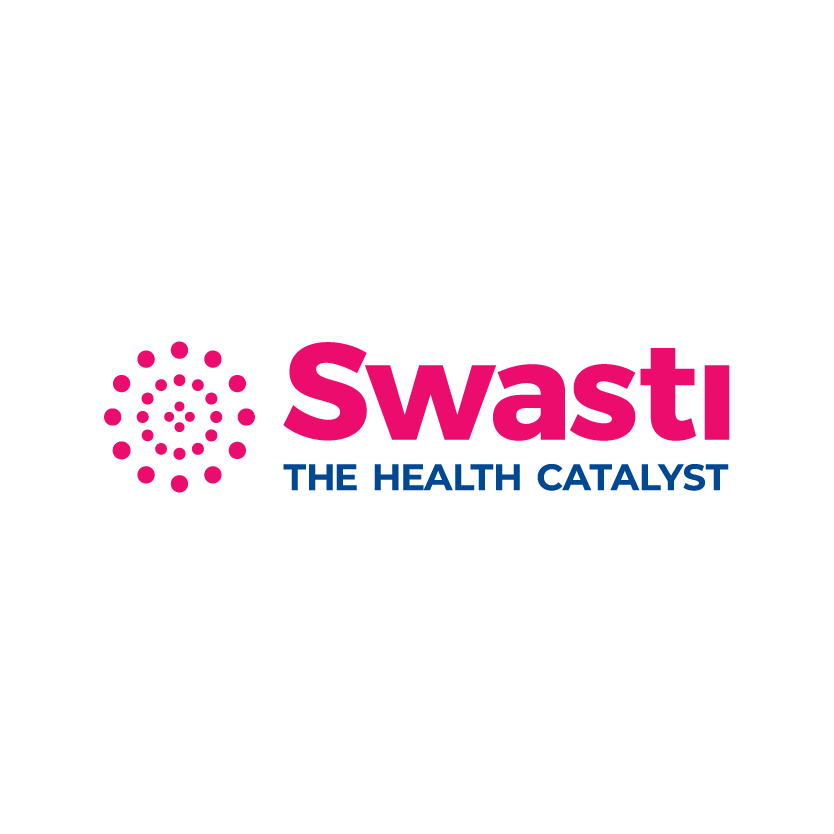

This section hosts guidelines, manuals and toolkits to strengthen public health practice.
Resources
FILTER
BY CATEGORY
View All
Intimate Partner Violence and Mental Health: Advancing Mental Health Services, Research and Policy
16 Jun 2022by Sian Oram et al 20 MIN READ
Intimate partner violence (IPV) is a public health crisis that has devastating consequences for people, families and communities. It is the most widespread violence against women worldwide, linked to physical, mental, sexual, and reproductive health issues, as well as fatalities (due to homicide and suicide). IPV is defined as any behavior that causes physical, psychological, or sexual harm to a current or former intimate partner, including physical assault, emotional abuse, sexual violence, and controlling and coercive behaviors. Abuse on social media and other online platforms, the installation of stalker software on personal devices, and the manipulation of smart meters, locks, and cameras are all examples of how technology is being used to promote abuse.
Intimate partner violence (IPV) is the most widespread kind of violence in the world, and it accounts for a significant portion of the global burden of mental health issues. The Lancet Psychiatry Commission on Intimate Partner Violence and Mental Health convened to assess progress in lowering the prevalence of IPV and related mental health effects, as well as to develop a roadmap for improving responses across mental health services, research, and policy.
Globally, primary care is used to give mental health care, but the link between IPV and serious mental health problems, as well as how to appropriately handle IPV in secondary mental health care, has been overlooked. As a result, we concentrate on the modifications that are required to address IPV in secondary mental health care. Our focus on mental health is pragmatic rather than exclusionary, and we also recognize the need for broader change across multiple disciplines, systems, and institutions.
IPV is a condition that affects both men and women. A large percentage of IPV victims are women—an estimated 27% of women and girls aged 15 and up have experienced physical or sexual IPV—but other groups, such as sexual and gender minorities, people with disabilities, migrants, and people from marginalized ethnic or Indigenous groups, also face high rates of IPV. IPV and mental health have a tangled link. When children or adults are exposed to IPV, they are more susceptible to mental problems, suicidal tendencies, and attempts at suicide. Children who are exposed to IPV are more likely to be subjected to other forms of abuse and neglect, and being abused or exposed to IPV as a child increases the likelihood of suffering and perpetrating IPV as an adult. Although absolute rates of IPV perpetration are modest, people with identified mental health disorders are more likely to commit IPV than those without. This link appears to be mediated in part by substance abuse, with an increased risk of aggression when mental health issues and substance abuse coexist.
Understanding of the links between IPV and mental illness, as well as ways to avoid and respond to IPV and associated mental health effects, has considerably improved over the last decade, although gaps persist. The available evidence was assessed in this report, and recommendations were made to improve the evidence base and act on what was already known. The goal is to eliminate IPV and, as a result, reduce the prevalence of mental health issues in society. Change is not only possible, but also necessary, thanks to scientific endeavor, coordinated action, and political commitment.
To read the full paper, please click on the linked file.
Related File :
2646128549.pdfCategories
For implementers

 EXPLORE DATA
EXPLORE DATA 



























